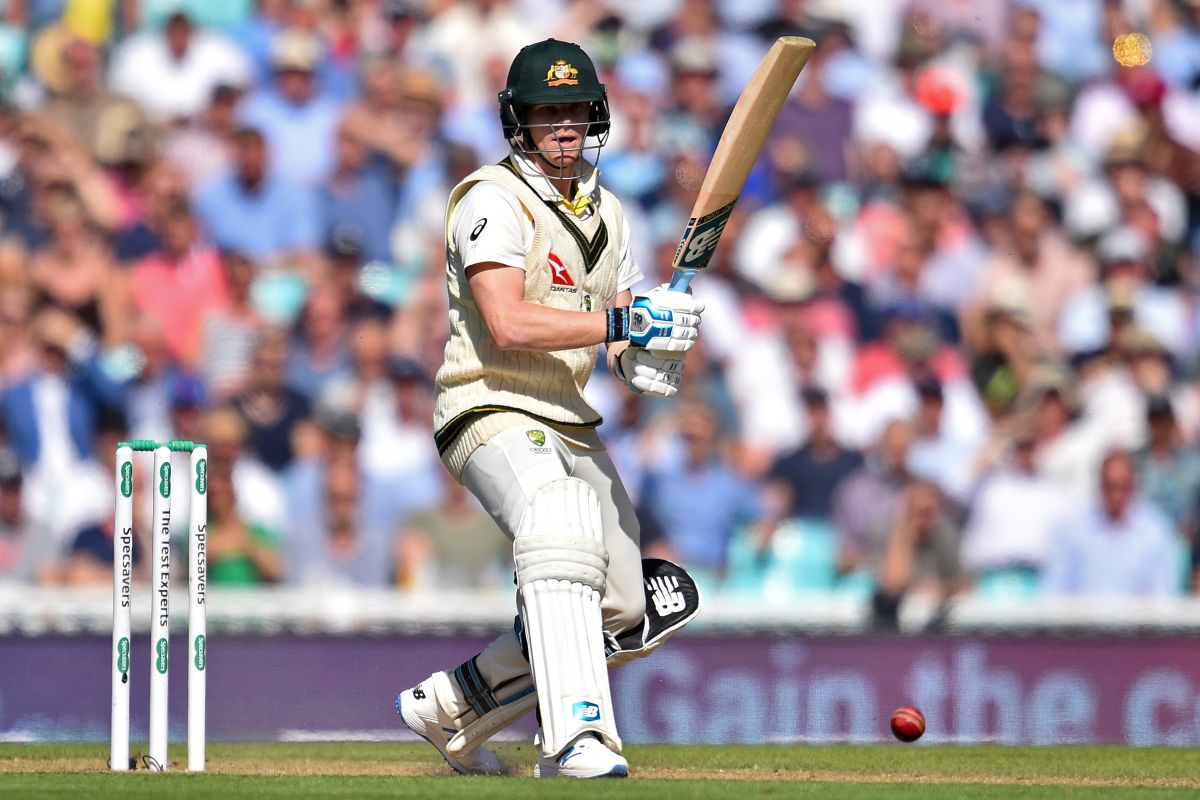Elon Musk hits out at Australia over ruling to hide stabbing videos
Tech billionaire Elon Musk has hit out at Australia over the country's attempts to ban footage of a Sydney church stabbing on his social media platform X.
Smith eased for the first run but when he took off for the second run towards the striker’s end, the wicket-keeper at that end, Bairstow, acted as if the throw is coming towards him.

Australia's Steve Smith watches the ball after playing a shot during play on the second day of the fifth Ashes cricket Test match between England and Australia at The Oval in London on September 13, 2019. (Photo by Glyn KIRK / AFP)
In the fifth and the final Test match of the ongoing Ashes Series which is being played at the Oval, a rare incident happened. England wicketkeeper Jonny Bairstow performed an act of ‘fake fielding’ to put pressure on Australian run machine Steve Smith which is deemed as a violation of laws of the International Cricket Council (ICC).
It was the second day of the Oval Test match when, on a Jofra Archer delivery, Smith played a shot towards long on and immediately called for two runs. Smith eased for the first run but when he took off for the second run towards the striker’s end, the wicket-keeper at that end, Bairstow, acted as if the throw is coming towards him and he is about to run Smith out.
Consequently, Smith had to put in a full stretched dive to try and make his ground when in reality the ball was being thrown at the bowler’s end.
Advertisement
Australian cricketers objected to ‘fake fielding’
After this particular act of the England wicketkeeper Bairstow, many Australian cricketers have objected his act. Aussie pace bowler Andrew Tye asked on Twitter, “Is that not fake fielding?”
Is that not fake fielding? #Ashes
— Andrew Tye (@aj191) September 13, 2019
Similarly few others have asked for the penalty of five runs which is given to the batting team when such an act is performed but was not awarded on this particular decision.
The ICC Law in consideration
According to ICC Law 41.5.1 it is unfair for any fielder wilfully to attempt, by word or action, to distract, deceive or obstruct either batsman after the striker has received the ball.
However, whether the act is wilful or not depends shall be decided by the umpires on present on the field.
5 runs awarded as penalty
The umpires are further bound by law to award the batting team five runs as penalty and inform the captain of both the sides the reason to do the same.
Marnus Labuschagne was the first to be penalised
Under the ‘Fake fielding’ law, the first player to be penalised was Marnus Labuschagne as he fake fielded while playing for Queensland against Cricket Australia XI. As a result, Cricket Australia XI were given five runs.
Advertisement